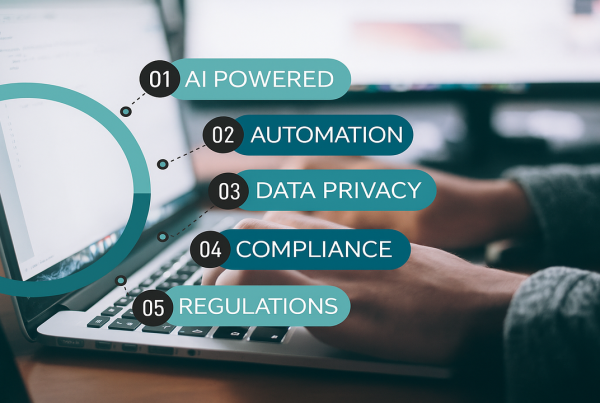Operational risk is the risk of loss resulting from inadequate or failed internal processes, people, and systems, or external events. This type of risk can arise from various factors, such as human error, system failures, fraud, regulatory breaches, or natural disasters. In today’s rapidly changing business environment, operational risk management is more critical than ever before. In this blog, we’ll explore what operational risks are, their impact on businesses, and how companies can effectively manage them.
Operational risks can occur in any business process, from manufacturing and supply chain management to marketing and sales. For example, a manufacturing plant may face operational risks such as equipment failure, quality control issues, or supply chain disruptions. On the other hand, a marketing department may face operational risks such as regulatory compliance, reputational damage, or cyber threats. Regardless of the specific process, operational risks can have significant consequences for businesses, including financial losses, legal liabilities, and reputational damage.
In recent years, several high-profile incidents have highlighted the importance of operational risk management. For example, the 2010 Deepwater Horizon oil spill resulted in massive financial losses for BP and significant reputational damage. The incident was attributed to a combination of human error, system failures, and inadequate risk management. Similarly, the 2017 Equifax data breach exposed the sensitive information of millions of consumers and resulted in a significant financial penalty for the company. The breach was caused by a failure to implement adequate cybersecurity measures.
Effective operational risk management involves identifying, assessing, and mitigating potential risks. This process typically involves several steps, including risk identification, risk assessment, risk mitigation, and monitoring and reporting. To begin, companies must identify the various operational risks they face and prioritise them based on their likelihood and potential impact. This process may involve conducting risk assessments, analysing historical data, or consulting with subject matter experts.
Once the risks have been identified and prioritized, companies must develop and implement strategies to mitigate them. This may involve improving internal processes, implementing new systems or technologies, or establishing contingency plans. For example, a manufacturing plant may invest in preventive maintenance programs to reduce the likelihood of equipment failure, while a marketing department may implement new data security protocols to mitigate the risk of a data breach.
Effective operational risk management also requires ongoing monitoring and reporting to ensure that risks are adequately mitigated and that new risks are identified and addressed promptly. This may involve regular risk assessments, internal audits, or external reviews. In addition, companies should establish clear communication channels to ensure that all stakeholders, including employees, customers, and investors, are aware of the company’s risk management strategies and any potential risks.
Operational risks are a significant concern for businesses of all sizes and industries. RUBIQ offers an in-depth risk assessment and provides robust risk management strategies to help companies reduce the likelihood and impact of operational risks and ensure their long-term success.
To find out more about what our assessment covers and how we can help your business, visit https://www.rubiqbiz.com/maturity-assessment/





